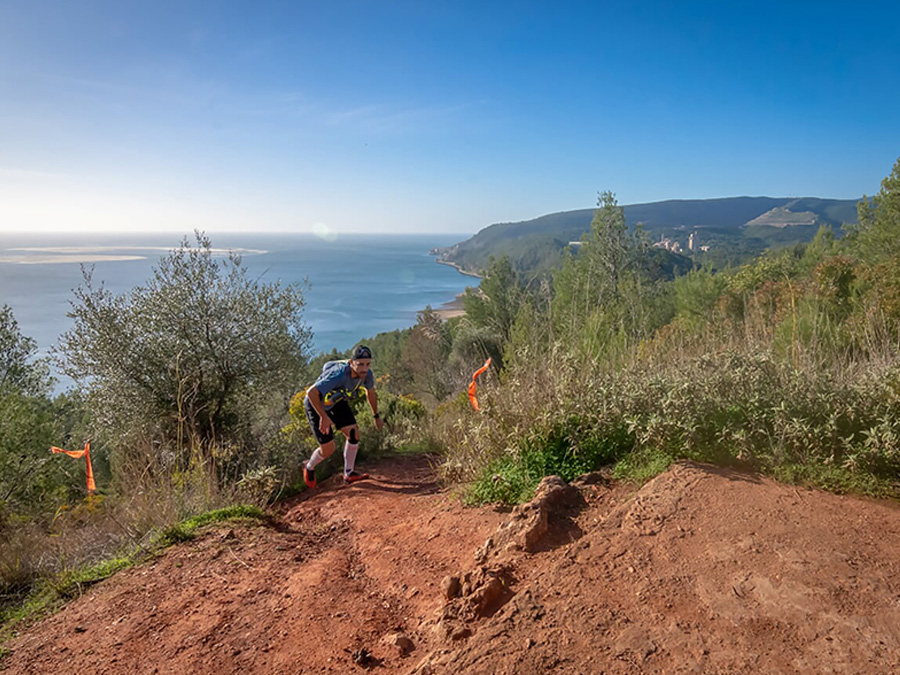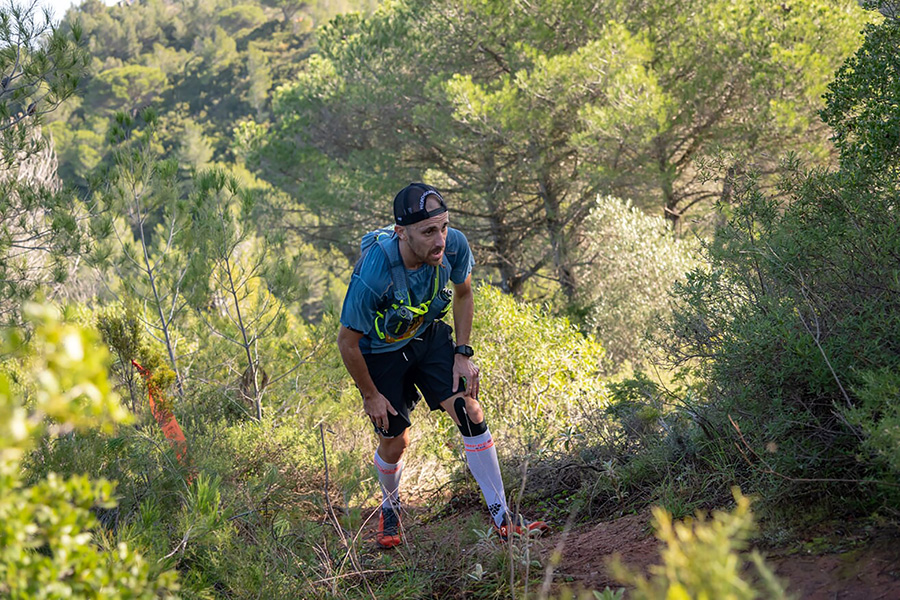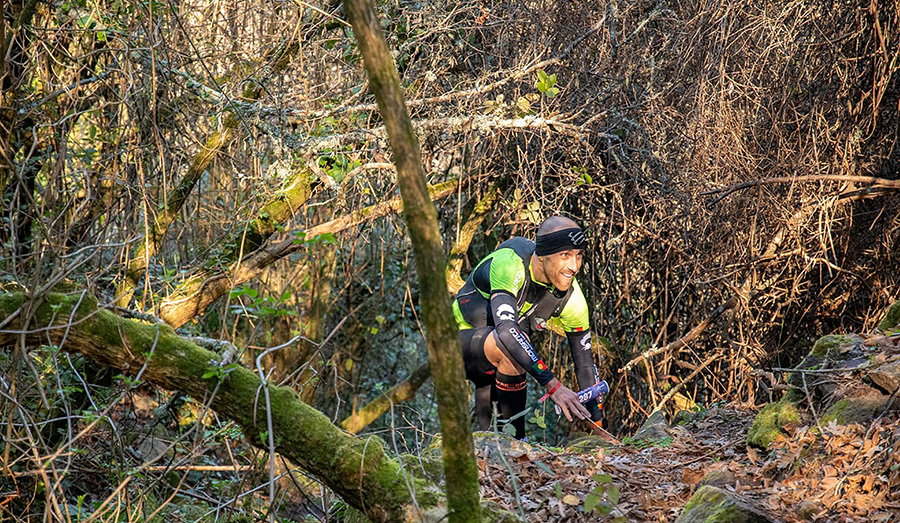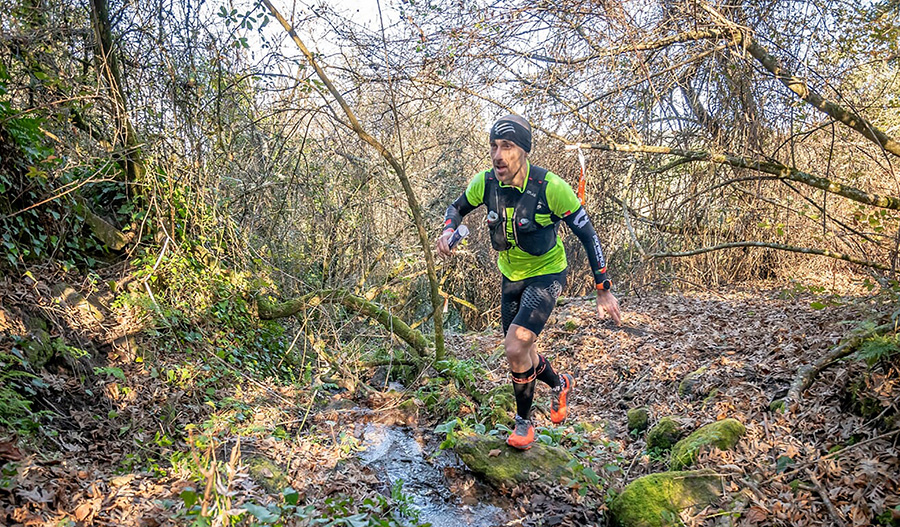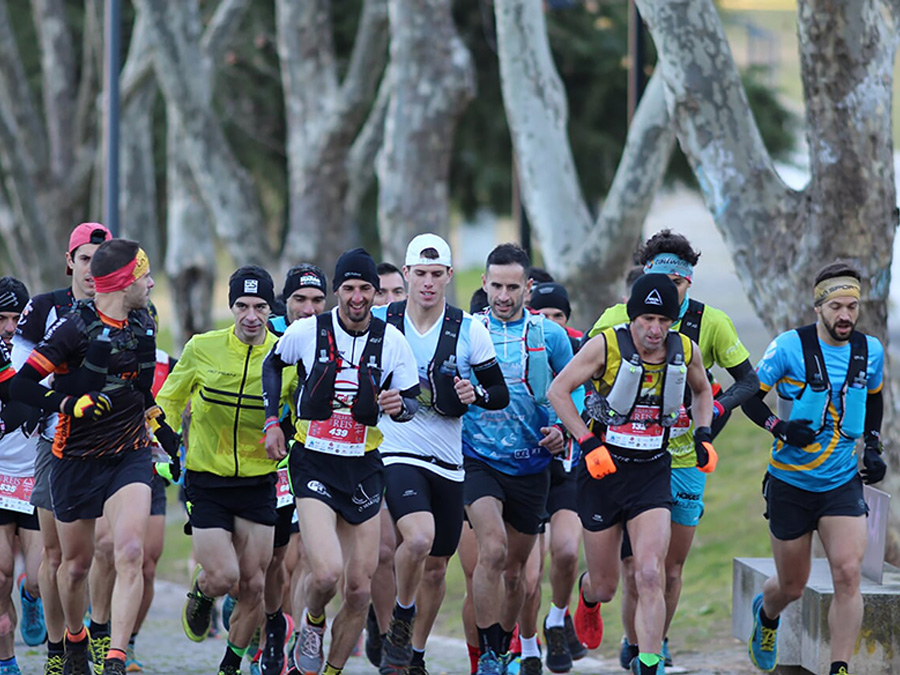1. YOU DON’T RUN THE ENTIRE WAY
I think this is one of most dark and kept secrets about trail running or at least the thing your friends won’t mention often: you don’t run the entire way. This is odd for someone that comes from road running and you will even feel awkward when you get out with your trail running friends. Often you go much longer (in time) than on the road but part of it includes walking and stopping.
On races the roads are often so steep that you really can’t run them anyways and it becomes faster to walk it then to try to jog. In trail running you don’t actually walk, you hike, and if you are competitive, you do a thing called power hiking which is exactly what it sounds like: walking with a lot of steam.
2. TRAIL SHOES MAKE A BIG DIFFERENCE
I feel like this one is easy to guess in advance or you will quickly realize it on your first adventures off road. Trail shoes have extra grip on their sole are usually more breathable and have rough seams to face all sorts of external aggressions. After all, there is a whole market for trail shoes out there, so it makes sense that they are indeed crucial for trail running.
As a side note, in the UAE, most trail races are generally not as hard as on most countries, so trail shoes won’t make a huge difference on more technical and hard races worldwide. If you ever consider doing a trail race outside the UAE, namely in countries like France, Spain or Portugal, be prepared to invest on quality trail shoes.
3. IT’S MORE LIKELY THAT IT GETS UGLY
Most trail races are meant to be hard so race organizations often try to pick the hardest climbs and more technical descents to make things look like living hell. The harder you have to work for it, the greater the reward, so don’t be afraid to participate in a trail race. Beware though that when you go off road, it’s more likely to get ugly than on the road where there are little to no obstacles.
Falls, rolled ankles, pink toes, are just some of the things trail runners get used to and exactly like riding your bike off road, the better you get at it, the less likely it is that you crash or injure yourself. Also like mountain biking, be prepared to get dirty, that’s part of the fun.
4. RACES HAVE BETTER GOODIES
One of the most expensive parts of organizing a road race is road closures and policemen. On trail races you don’t have to close any road (and if you do happen to cross one you must be wary of that) so race organizers often have a little more budget for goodies, pre and post event happenings and usually better aid stations.
5. YOU NEED TO NAVIGATE
While it is not like a true orienteering mountain race, it does require a bit of navigation because on some cases you are running through mountain trails, single tracks, and there are multiple options going on the same direction. Most races have little pieces of tape stuck to trees and you run from stripe to stripe. However, also beware that you will be running on roads that are generally open to public and those pieces of tape may end up missing. My trick is to always try to spot the next tape before heading straight into any trail and if the race is well marked, you should not run more than a few hundred meters without seeing a piece of tape. If you do… you are going the wrong way, turn back!
6. IT’S ALL ABOUT TIME ON YOUR FEET
When you are out there on the mountain trails running with steep inclines and descents, distance is not a good metric and time on your feet becomes what you really should focus on. On the road, you focus on distance and pace but it will be impossible to do so when you are climbing up and down and pace is highly influenced by your technique and strength. So when planning a trail workout or race, try to calculate how much time you want to spend out there and turn back – if training – when you reach half way of your goal time. On race day, if your fueling plan is based on distance, switch it to time and focus on how much time have you been running and not how far you’ve gone.
7. THERE IS AN OBSESSION FOR ALTITUDE GAIN
You don’t go into a bar with your trail running friends and say how much time or distance you have ran without mentioning how much climbing you went over. When you enter a trail race it’s often that the total of altitude gain is mentioned, usually in meters with a sign of “+” next to it. For instance, the holy grail of trail running, the Ultra Trail of Mont Blanc (UTMB) is a 170km trail race with 10.000+ (or 10.000 mt+), meaning you will climb over 10.000 meters over the course and probably descent as much but no one cares about how much you descent, it’s all about how much you climb. A good rule of thumb is if a race has more than 400mt+ over the course of 10km, that is already challenging. Races with around 1000 mt+ per 15km enter a special category called Sky Races or Sky Marathons. So do the test and go out for a run at the Dubai Canal or Jumeirah Beach and see how much mt+ you get there to understand how difficult some of these ultra trail races are!
8. YOU DO NOT WIN RACES ON THE UPHILLS
If you come from road racing and enter your first trail race, it is common that you come home and say something like “I was the fastest going uphill but they all passed me going down”. Reality is trail running races are not won on the uphill portion and it is on the flat and on the technical descents that the most experience make the difference. In fact, experienced trail runners try to reduce the perceived effort on the uphills because otherwise they would spike their heart rates too high and burn matches that could be used on the downhills and flat sections. It’s all about pacing and managing your lactate, you never want to enter an anaerobic zone where you are producing more lactate than you are able to get rid of because chances are you won’t recover on the downhills. Pace yourself going uphill and stay strong through the flat sections and descents.
9. IT’S EXCELLENT TO IMPROVE YOUR CYCLING
If you, like me, are a triathlete or just an avid cyclist, you will find that trail running is great to improve your ability on the bike as well. When you run (or hike for that matter) uphill, you develop and recruit more of your glutes and quads. You also do so with the same closed hip flexor angle than in cycling so your trail running gains will translate into stronger cycling legs. It also works well the other way around with your cycling power being very useful for the uphill battles on the trails.
10. SPEED IS STILL ON THE ROAD
While trail running has a strong technical component, specially going downhill, your running will suffer if you spend too much time on trails. In fact most of the elite trail runners still do most of their run volume on the road and spend little time on trails. There are two strong components to running – your physical capacity, which would be your strength and your aerobic capacity, and your peripheral nervous system (PNS) ability to transmit the right information to your muscles. You can even work your physical capacity on the trails but your ability to work on your “fitness” is limited as it’s difficult to go fast for long periods of time while on trails. See your body as a machine who gets used to whatever speed your constantly put it through – if you always go slow, due to the technicality of some trails with rocks, roots, etc, your body will get used to always going slow.
11. THERE IS A LOT OF GEAR AND FASHION TO FOLLOW
Backpacks, hydration belts, compression socks, headbands, headlamps, sweatbands, walking sticks, turtlenecks, arm-warmers, base layers, etc, there is so much gear that you could buy to help your long adventures that it can take a whole aisle on your local outdoor shop. There’s also some races that have mandatory gear that you must carry throughout the entire race such as a whistle, windbreaker, hydration bottle and thermal blanket.
With all this extra gear you may find yourself buying, you must beware that there’s also a secret fashion code you must follow. Your kit must match your compression socks and your headband must match your hydration pack. Jokes aside, I dare you to see a few videos of trail events online to figure out the dress code and while it’s not essential to fit in, you usually don’t want to stand out either on your first race.
12. MOBILE PHONE IS A MUST
On most trail races you will be traveling through roads without much foot traffic or cars so if things do go wrong, you must be able to call for help on your mobile phone. It’s for your own good and some race organizations do make it mandatory to carry your phone so get used to it. Besides, when you are out there in the wild, the colors, the wildlife and the unique scenes deserve a good photo so if you don’t want to carry your phone for safety, just imagine all the photos you will be missing out on. ■
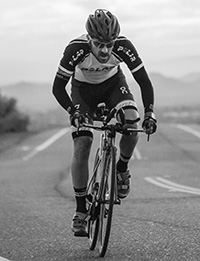
Written by: Pedro Silva Gomes
Photos: Pedro Silva Gomes
Find shops & equipment
Find the best shops in the UAE to buy outdoor gear and other equipment
View Routes & Locations
Check out routes, camping spots, historic sites or other places in the region
Read the magazine issue
this article was published in OutdoorUAE printed magazine issue #93 February – March 2019
Related Articles
Find more articles covering the same activities, as the one above. Please note many articles may cross over only and are no 100% match. Enjoy browsing through amazine adventures and stories:

